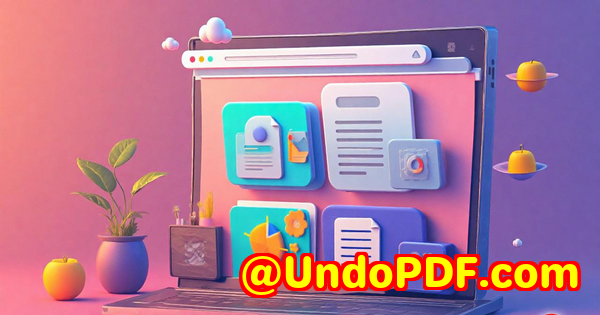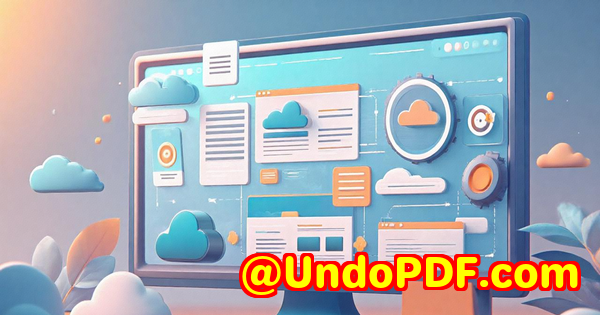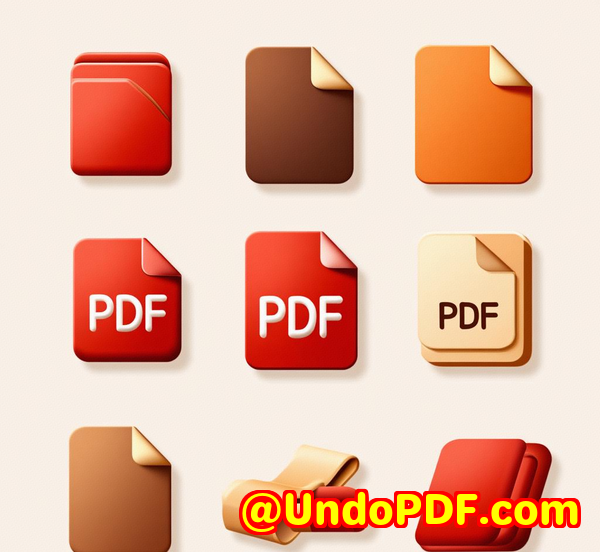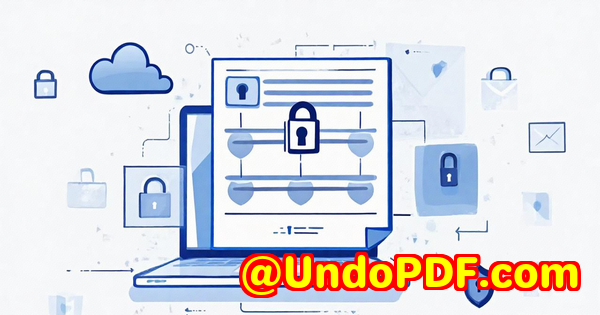Using JavaScript Barcode SDK for Secure Scanning in Insurance Claims Processing and Document Validation
Using JavaScript Barcode SDK for Secure Scanning in Insurance Claims Processing and Document Validation
Every time I had to handle insurance claims or validate documents, the process felt like wading through quicksand. Imagine juggling stacks of paper, trying to verify each barcode or QR code for accuracy, all while racing against tight deadlines. If you’ve been there, you know the frustration the delays, the mistakes, and the constant worry about security breaches. It’s a mess nobody wants.

That’s exactly why discovering the VeryUtils JavaScript Barcode Scanner SDK felt like a game changer for me. It’s one of those rare tools that makes complex processes feel smooth and efficient without demanding hours of setup or endless configurations.
Why the VeryUtils JavaScript Barcode Scanner SDK Stands Out
If you’re a developer, product manager, or even someone in charge of document validation and insurance claims, this SDK is designed with your needs in mind. It’s a web-based barcode scanner that works flawlessly on both mobile and desktop devicesright inside the browser, no app downloads or installations needed.
Here’s the kicker: with just a few lines of JavaScript, you can turn any camera-equipped device into a robust barcode and QR code scanner. The speed and accuracy are insane I’m talking about scanning up to 20 barcodes per second with 99% accuracy, even when codes are damaged, wrinkled, or shot in low light.
From my experience, that level of performance isn’t something you stumble on every day.
Key Features That Made a Difference for Me
1. Real-Time Scanning With Multi-Barcode Support
When processing insurance claims, speed matters. Often, documents contain multiple barcodes that need scanning in bulk. This SDK handles batch scanning effortlessly. I remember one project where we needed to scan dozens of barcodes from claim forms within seconds the VeryUtils SDK handled this flawlessly, accelerating workflows and cutting down manual errors.
2. User Guidance With Visual and Audio Feedback
Here’s a detail that surprises many: the SDK offers user-friendly guidance through visual cues, sounds, and even haptic feedback. For a team that isn’t tech-savvy, this feature alone boosted confidence and reduced training time. The subtle beep or vibration after a successful scan reassured users they’d done it right, making the whole experience smoother.
3. Works Anywhere, Even Offline
One challenge I faced was unreliable internet connections in remote insurance offices. Thanks to its Progressive Web App (PWA) support, this SDK works offline without breaking a sweat. That meant our field agents could scan barcodes on claim forms in real-time, regardless of connectivity a massive win for efficiency.
Why This Beats Other Barcode Scanners Out There
I’ve tested other barcode scanning tools before. Many require heavy installations or don’t perform well on mobile browsers. Some struggle with damaged barcodes or can’t handle batch scanning effectively. The VeryUtils SDK was different:
-
No app downloads or installs. Users just open a webpage and start scanning.
-
Enterprise-grade security. When you’re handling sensitive insurance documents, data protection isn’t optional. VeryUtils ensures everything stays secure and private.
-
Continuous improvements. Unlike some stagnant tools, the SDK regularly updates to improve speed, accuracy, and compatibility.
Compared to clunky, resource-heavy software, this lightweight JavaScript library felt like the perfect balance of power and simplicity.
Real-World Use Cases That Prove Its Worth
Insurance claims processing is just one example. The SDK’s flexibility means it’s also great for:
-
Document validation Quickly verify passports, licenses, or IDs by scanning embedded barcodes.
-
Warehouse management Track inventory with lightning-fast barcode reading right from handheld devices.
-
Retail checkouts Integrate into web-based POS systems for seamless scanning.
-
Healthcare Scan patient wristbands or medication barcodes without fuss.
-
Event management Validate tickets or passes with ease on mobile devices.
Each time I see the SDK in action, I’m reminded how versatile it is. The broad support for 1D and 2D barcodes including QR Codes, Data Matrix, PDF417, and postal codes covers just about any scanning need you could imagine.
How I Used the SDK in My Projects
I integrated the VeryUtils JavaScript Barcode Scanner SDK into a claims processing web app. The implementation was straightforward:
-
Included the SDK script.
-
Added camera access permissions.
-
Set up event listeners for scanned codes.
-
Enabled batch scanning for forms with multiple barcodes.
The whole process took less than a day, thanks to the clear documentation and sample code. What blew me away was how fast and reliable scanning was during testing. Even with poor lighting and scratched labels, the SDK nailed the scans with minimal retries.
There was one moment I particularly recall we were demoing to a client, and they threw a bunch of damaged claim forms at the app. The scanner didn’t miss a beat, and the client was visibly impressed. That’s when I realised this tool isn’t just another barcode SDK; it’s a productivity booster with real-world impact.
What’s in It for You?
If you’re juggling large volumes of scanned documents, insurance claims, or any barcode-heavy task, here’s what the VeryUtils JavaScript Barcode Scanner SDK offers you:
-
Lightning-fast scanning speeds that reduce wait times and bottlenecks.
-
Accuracy you can trust, even in less-than-ideal scanning conditions.
-
Cross-platform compatibility without needing users to install anything.
-
Security compliance essential for handling sensitive data.
-
Offline support to keep your operations running anywhere.
My Personal Recommendation
I’d highly recommend this SDK to anyone who needs secure and efficient barcode scanning integrated into web or mobile apps. The blend of performance, ease of use, and flexibility makes it a standout choice.
If you want to see it for yourself, check out the demos or start your free trial today. It’s time to take your barcode scanning to the next level.
Click here to try it out for yourself: https://veryutils.com/javascript-barcode-scanner-sdk
Custom Development Services by VeryUtils
VeryUtils doesn’t just stop at offering amazing SDKs. They provide custom development services tailored to your unique needs across Linux, macOS, Windows, and server platforms. Whether you need bespoke PDF tools, printer drivers, barcode recognition, or OCR solutions, their expert team has you covered.
They work with a wide range of technologies including Python, PHP, C/C++, JavaScript, .NET, and more. If your project involves document formats like PDF, PCL, or Postscript, or requires secure document handling, VeryUtils is ready to help.
For tailored solutions or technical consulting, reach out to VeryUtils via their support center at http://support.verypdf.com/. They’re great at turning complex requirements into practical tools.
FAQs
Q1: What devices are compatible with the VeryUtils JavaScript Barcode Scanner SDK?
The SDK works on any camera-equipped device that can run modern web browsers, including smartphones, tablets, laptops, and desktops.
Q2: Can I use this SDK offline?
Yes. Thanks to its Progressive Web App support, the SDK can function with minimal or no internet connectivity, making it ideal for remote or low-connectivity environments.
Q3: Does the SDK support scanning multiple barcodes at once?
Absolutely. It supports batch scanning, enabling quick processing of multiple barcodes or QR codes in one go.
Q4: What types of barcodes are supported?
The SDK supports a wide range of 1D and 2D barcodes, including Code 128, EAN, UPC, QR Codes, Data Matrix, PDF417, Aztec, and many postal codes.
Q5: Is the SDK secure for handling sensitive information?
Yes. The SDK adheres to industry-standard security and privacy protocols, ensuring that scanned data remains protected throughout the process.
Tags/Keywords
JavaScript barcode scanner SDK, insurance claims barcode scanning, secure document validation, web-based barcode scanning, mobile barcode scanning, batch barcode scanning, offline barcode scanner, QR code scanning for insurance, barcode scanning integration, VeryUtils barcode SDK



